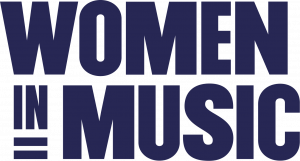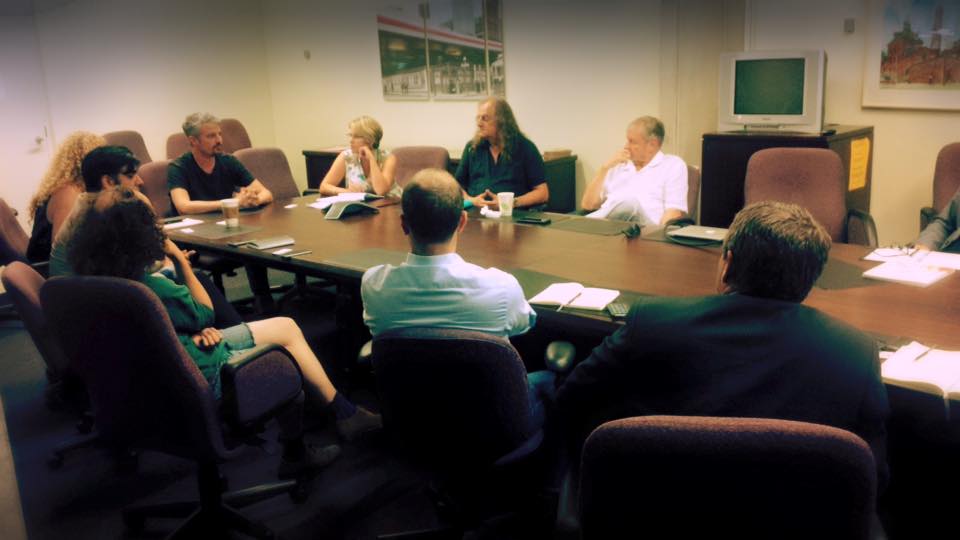There are Music Cities dotting the globe – from Toronto to Melbourne to Liverpool. Music Canada has spent the last year researching best practices from 22 of them.
From musician-friendly practices, to the creation of designated cultural districts, to affordable housing incentives, there are many ways that we can encourage music in the heart of the city. In this series, we’ll be profiling countless cities around the globe and what they’re doing that’s unique to foster the principles found in our report. In our last post, we visited Pemberton, BC. In this edition, we’re thrilled to highlight our friends from Mannheim, Germany!
Mannheim, a city of 320,000 in the southwest region of Germany, has embraced the creative economy, putting it on equal footing with the city’s traditional manufacturing sector. A top-down strategy, initiated by city officials, has identified 11 sub-sectors of the creative economy. Music is one of the largest and according to Matthias Rauch, the city’s music cluster manager, the strategy has succeeded in positioning Mannheim as a centre for competency and knowledge in the music sector.
Rauch recently visited Music Canada and we arranged for a meeting with a number of Toronto city officials, community leaders and members of the Toronto Music Advisory Council where he described the Mannheim Music Model. The model combines infrastructure investment and programming support. As a top-down strategy, it has been heavily influenced by the Lord Mayor Dr. Peter Kurz, who was recently reelected to a second term, boding well for its continuation.
Main Pillars: Young Talent and Culture Support; Education; Start-up Support; and Cluster ManagementThe first pillar is managed by the culture office at the city and includes funding for individuals and bands as well as a two year coaching program for artists selected by a jury. The office also has a tour bus available for rent at lower than market value.
The main thrust of the education pillar is the Popakademie which is a public/private partnership that provides both bachelor and master programs on pop culture and the music business. This institution complements the existing music education programming available in Mannheim, including the University of Music & Performing Arts.
The third pillar consists of the business start-up centre comprised of two buildings (Music Park 1 and 2) which currently house 250 employees in 80 enterprises. 6000 square feet is available for rent and co-working space. As a start-up centre, companies are limited to eight years in residence and the music parks also create the opportunity for interaction among the companies through a café and other social spaces.
The cluster management office is the fourth pillar. It is the contact agency for all professionals in the music industry whom it brings together through a series of working groups based on genre, as well as the Entrepreneurship Club. This club puts creative innovators together with potential investors.
How does it measure up?
All of this activity is focused in an area of Mannheim which was once known more for crime and drug use. The Popakademie and Music Park buildings, as well as other creative centres, have remodeled the Jungbusch area into a hub for the creative industries. Live events take place in the area including the city’s largest festival, Time Warp. The city has now set its sights on the Taylor Barracks, a former military barracks, for a new creative hub with production studios, clubs, and affordable housing.
The strategy has received a great deal of support from outside Mannheim. To date, the European Union has invested €42 million into the program. It was this strategy that led in large part to Mannheim receiving the UNESCO City of Music designation.
Measured against our research, Mannheim certainly is a “music-friendly” and “musician-friendly” city. Rauch says that the strategy has improved the atmosphere for music in the city and led to increased activity overall, although he points out that there remain some gaps including a few of the rungs of the “venue ladder” that is needed to provide artists with performance spaces at each stage of their career. He also admits that Mannheim has yet to adequately leverage its music program for tourism.
For other cities, Mannheim provides some tangible examples of creative hubs and accelerators, and an interesting model for a post-secondary education institution dedicated to pop music and the music business.
Mannheim’s success reinforces a number of the themes that appear in The Mastering of a Music City – the single point of contact, for instance, for music, and focus on training for musicians and music professionals have all been instrumental in making the city grow. If you haven’t had a chance to read our full report, you can find it here. Want to share your story of how your organization is helping to foster a music city? Contact us – we’d love to hear from you.
Skip to content
Skip to footer










